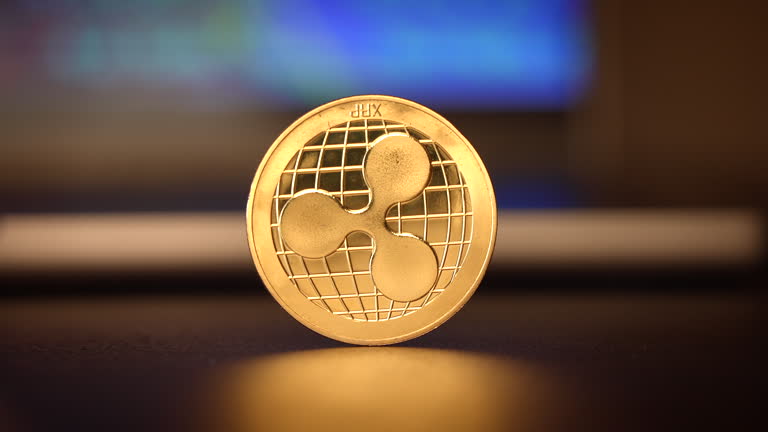
Ripple’s Chief Technology Officer (CTO), David ‘JoelKatz’ Schwartz, has reignited the long-running debate over decentralization by pitting the XRP Ledger (XRPL) against other major blockchains. His recent statements have drawn sharp attention across the broader crypto community, particularly for their bold claims about XRP’s role in a truly decentralized financial ecosystem.
Ripple CTO Highlights XRP Ledger’s Unique Autonomy
An X social media account named ‘Stellar Ripple’ has spotlighted a statement from Schwartz, underscoring what he sees as a defining difference between the XRP Ledger and other blockchain networks. Stellar Ripple stated in its post on Thursday that the Ripple CTO dropped a “truth bomb,” cutting deep into the philosophy of decentralization within blockchains.
In his post, Schwartz questioned whether users want to be their own bank or empower another intermediary in disguise. According to him, despite the decentralized branding of blockchain networks, they are ultimately designed for control, allowing certain participants to set the rules, impose transaction fees, and maintain leverage over users’ financial autonomy.
In contrast, he described the XRP Ledger as a space free from such mediators, government influence, and protocols that could freeze or reverse transactions. This suggests that XRPL represents a purer or more superior interpretation of the decentralization narrative, where every transaction remains unalterable, resistant to censorship, and uncontrolled.
Schwartz went on to explain that, unlike most digital assets, XRP, the native token of the XRP Ledger, exists as the only counterparty-free currency that anyone in the world can access without risk of default or confiscation. He noted that this unique feature helps XRP gain value from the activity generated on the blockchain network. Essentially, this implies that XRP’s price is intertwined with the growth of the ledger itself, providing a foundational layer that ensures liquidity and stability across every transaction.
XRPL Expands Into Genomic Data Anchoring
As the XRPL ecosystem continues to grow, real-world adoption is gaining momentum. Crypto commentator John Squire recently pointed out an exciting new development from DNA Protocol, a system that anchors DNA to the XRP Ledger. According to the report, DNAOnChain has officially launched operations in Tunisia, extending its reach to broader markets. Notably, this project marks a significant expansion of XRPL’s use cases by anchoring genomic identity data directly on the blockchain.
Through DNAOnChain, Squire states that certified laboratories can now securely record and verify genomic data on XRPL, effectively bridging biotechnology with blockchain innovation. The integration is expected to enhance transparency and immutability in medical and genetic research, ensuring that sensitive information is permanently verifiable without compromising privacy.
More importantly, this new development signals XRPL’s versatility beyond cross-border payments, highlighting its potential as a data integrity layer for real-world applications. It also demonstrates XRP’s growing adoption in new industries beyond digital assets and finance.
Featured image from Getty Images, chart from Tradingview.com

Editorial Process for bitcoinist is centered on delivering thoroughly researched, accurate, and unbiased content. We uphold strict sourcing standards, and each page undergoes diligent review by our team of top technology experts and seasoned editors. This process ensures the integrity, relevance, and value of our content for our readers.
